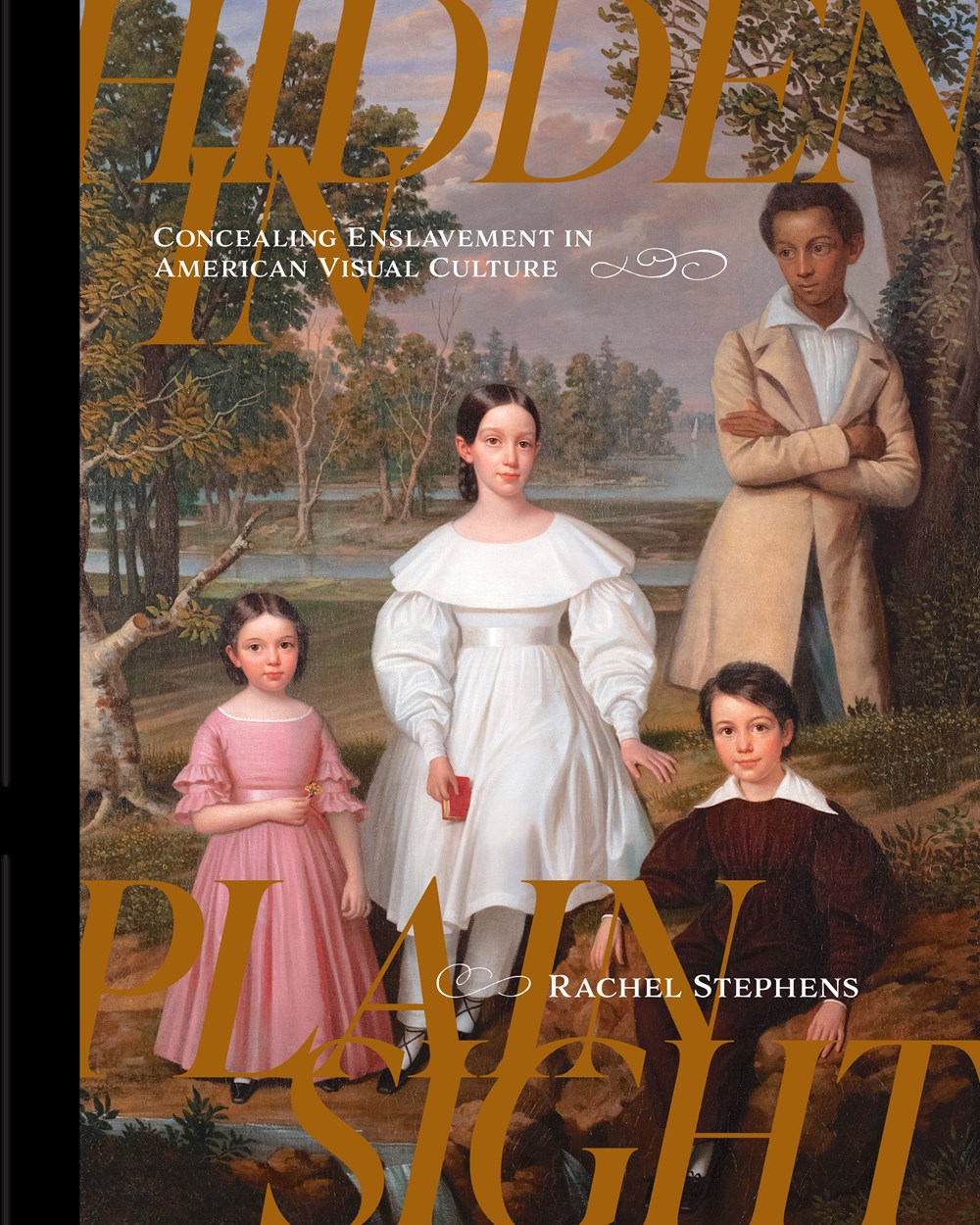2018 School Spending Survey Report
Hidden in Plain Sight: Concealing Enslavement in American Visual Culture
COPY ISBN
VERDICT This is a difficult topic, but timely given current debates around public representations that celebrate the Confederacy. Though many of the book’s images depict violence and abuse, Stephens brings to light essential research that will be of interest to scholars of American history and art.
RELATED
ALREADY A SUBSCRIBER? LOG IN
We are currently offering this content for free. Sign up now to activate your personal profile, where you can save articles for future viewing




Comment Policy:
Comment should not be empty !!!